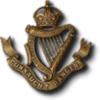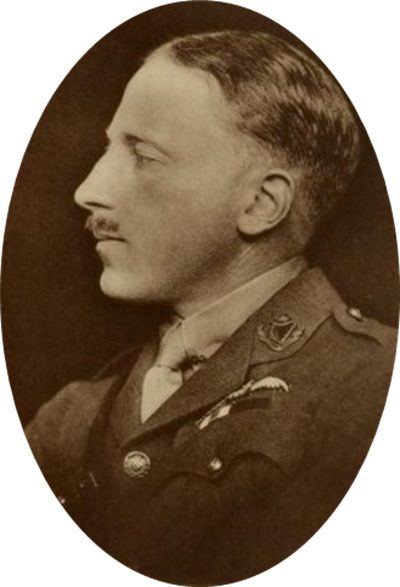William Robert Gregory, born on the 20 May 1881, was the only son of Lady Augusta Gregory and William Henry Gregory. He joined the war effort in September 1915, at the ripe old age of 34. Seeing his age as no obstacle, he sought immediate transfer to the Royal Flying Corps (RFC). The move was confirmed in 1916 and within twelve months his exploits ‘earned him the Military Cross’. W. B Yeats’s famous poem An Irish Air Man Foresees His Death, was written for Lady Gregory in memorandum of her son William, who was a close friend of Yeats.
Robert Gregory, was born into the landed gentry and spent his childhood between his parent’s estates in London and Coole Park, Galway. He excelled in sport and became an accomplished sportsman, once representing Ireland on the national cricket team. Robert formed a cricket team whilst in his teens on the estate of Coole Park, recruiting tenants and employees. He was a very competent horseman and was no stranger to hunting, where he boldly rode with the Blazer’s, and ‘few kept his pace’. He studied art in the Slade School of Fine Art in London and became very accomplished. It was here he met his wife Margaret and went on to have three children-Catherine, Anne and Richard. He shared his mother’s love of the theatre and often helped in set and costume design in the Abbey Theatre, Dublin, which his mother co-founded in 1904.
Robert joined the war effort by enlisting in the 4th Bn Connaught Rangers and received a commission in September 1915. Within 9 months he had transferred to the RFC. He flew missions from 1916 onwards and was promoted several times. In 1917, he became Squadron Leader. Robert initially flew patrols over Dover and the surrounding countryside. He was eventually sent to France where he joined 40 Squadron.
On February 2 , a day after she heard that her only son had died while flying with his squadron on the Italian front, Lady Gregory wrote briefly to WB Yates; “The long dreaded telegram has come Robert has been killed in action… It is very hard to bear”
Robert was stationed near Lens where he patrolled the skies over Ypres and the Somme. He could not have been posted in a more dangerous of settings. On 25 September 1916, Gregory was shot down by anti-aircraft fire whilst escorting a bombing raid. Miraculously, he walked away unscathed although his plane was completely wrecked! His most legendary escapade was when he encountered the famous German squadron ‘The Flying Circus’. In this conflict, four pilots from Robert’s squadron were killed, leaving five survivors, including himself. It is almost certain he engaged in one to one combat with the notorious Manfred Von Richthofen – ‘The Red Baron’, and succeeded in bringing his plane down. He was the only person to do so before Richthofen was killed in 1918, shot down by fire from the ground.
Gregory was fearless in battle and many times attacked and destroyed, from varying altitudes, hostile aggressors. It is widely accepted he was highly courageous and very skilful. In the summer of 1917, he won the Military Cross. He was also awarded the Victory Medal in 1918. It is worthy to note that on his Military Cross and Victory Medal cards he is listed as RFC and Connaught Rangers. Robert was honoured with Legion d’Honneur for true chivalry of the air and was made an honorary Parisian due to his time living in temporary residency in Paris, studying art.
On 23 January 1918, Robert’s plane mysteriously crashed to the ground. One theory is that he passed out after receiving Spanish flu or anti-typhoid inoculations that morning, which may have caused dizziness or light headedness. In a letter written by Lady Gregory to an acquaintance on 6 February 1918, she recounts what was relayed to her regarding Robert’s death.
She states, “they were coming back from over enemy lines, he was not supposed officially to go over them, when at a great height they believe he fainted and did not come back to consciousness in this world.” She went on to say how thankful she was that he did not die looking at the enemy’s face or hearing their shell burst but looking upon the Italian sky. Robert’s body was retrieved and was laid to rest with full military honours by his squadron in Padua, Italy, where he rests today.
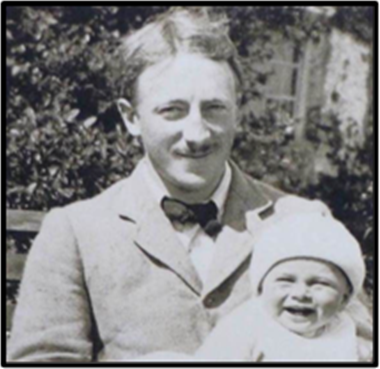
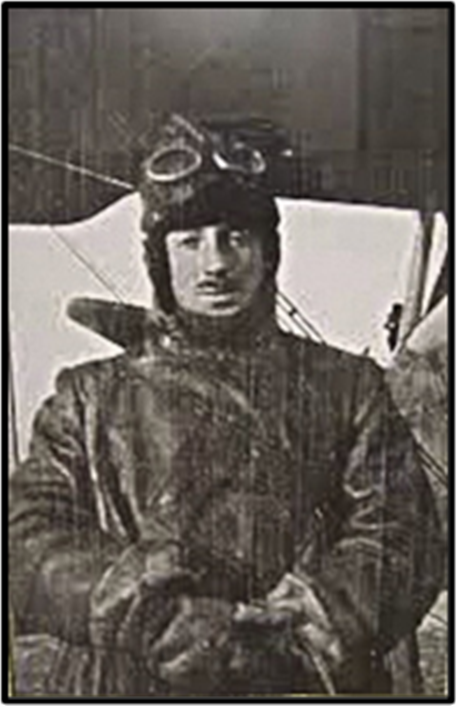
The day after receiving the ill-fated telegram, Lady Gregory wrote to W.B. Yeats informing him: ‘The long-dreaded telegram has come – Robert has been killed in action. It is very hard to bear.’ She concluded her letter by stating
‘If you feel like it some time, write something down that we may keep. You understood him better than many’.
W.B. Yeats went on to write four poems in memory and honour of Robert, the most famous being An Irish Airman Foresees His Death.
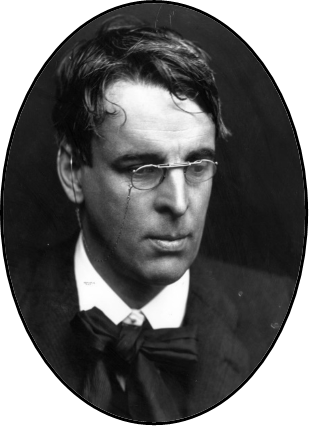
An Irish Airman Foresees His Death
By William Butler Yeats
I know that I shall meet my fate
Somewhere among the clouds above;
Those that I fight I do not hate
Those that I guard I do not love;
My country is Kiltartan Cross,
My countrymen Kiltartan’s poor,
No likely end could bring them loss
Or leave them happier than before.
Nor law, nor duty bade me fight,
Nor public man, nor cheering crowds,
A lonely impulse of delight
Drove to this tumult in the clouds;
I balanced all, brought all to mind,
The years to come seemed waste of breath,
A waste of breath the years behind
In balance with this life, this death.
